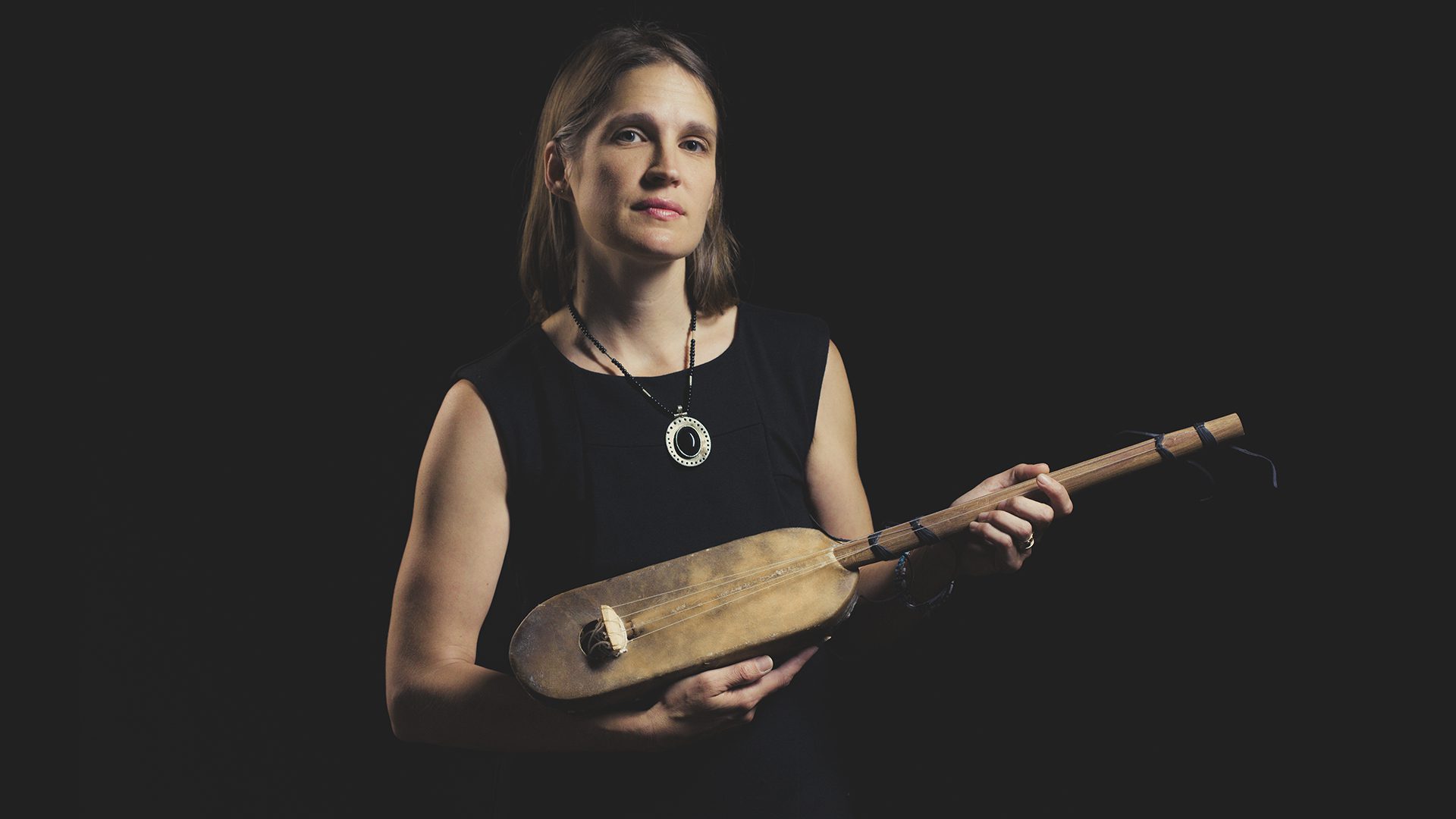Furman Professor Lends Hand With “Roots” Remake

Tell us how you came to be involved in the remake of “Roots?”
The music supervisor of Roots tracked me down after Forest Whitaker requested private lessons on the jeli ngoni, a West African lute which has direct ties to the origins of the banjo. He is playing the role of Fiddler in the movie, and the directors wanted to create a character who connected to his heritage through music.
In what ways did you contribute to the production?
Since being contacted in November, I’ve filled a lot of roles, from helping the props department in the acquisition and maintenance of several ngonis, to advising Philip Noyce, the director of night two of the movie, in how and when different aspects of early African American musicality might be expressed on a plantation. I’m continuing to serve as the liaison between the Roots production team and Cheick Hamal Diabate, a Malian jeli ngoni player based in Washington D.C., who I sent down to the set in New Orleans to tutor Forest Whitaker. When Whitaker is “playing” the jeli ngoni in night two of the film, it’s actually Cheick who arranged and performed what the audience hears. Now we’re working on his contribution to the soundtrack, and I’ve been working with Taj Mahal’s agent to try to include his music in this production as well.
Why is it important that the remake of Roots include these historical nuances?
As I emphasize to my students—citizen diplomacy. We, as privileged Americans, benefit greatly when we’re shown how and why other regions of the world have a direct connection to United States history and culture. When these connections are tangible, it becomes much easier for us to be inspired to reach out across the ocean and build better international relationships, literally “one handshake at a time.”
Tell us more about your work with the Cradle of Jazz Project?
Since founding the non-profit in 2011, my board and I have been working to illuminate the connections between West Africa and the Americas through music and education. There are not many female instrumentalists in Mali, and in 2014, we brought Kokanko Sata Doumbia to the U.S. for a tour of universities. I was able to set up a jam session between her, Bela Fleck, and Abigail Washburn, and they are excited that we’re bringing her back this fall in the Mande Strings tour. We’re excited about the tour this fall because it is the launching point of our educational initiative. The children of our artists are also coming to the U.S., and we’re going to spend three months engaging them and local music students in an intensive musical/lingual exchange program. With any luck, this exchange will become an annual occurrence.
Have you been able to involve Furman students in your work with the Cradle of Jazz Project?
I have. Kokanko made quite an impact on my World Music students in 2014. And this past spring, Hannah Harris ’16 worked for us as an intern. I was able to show her the nitty-gritty work of running a musically-focused 501c3 that specializes in collaborating with developing countries. We tackled everything from the logic models which outline a project’s mission, to visa work, to humanitarian engagement with our artists, to the transcription of Malian folk songs.